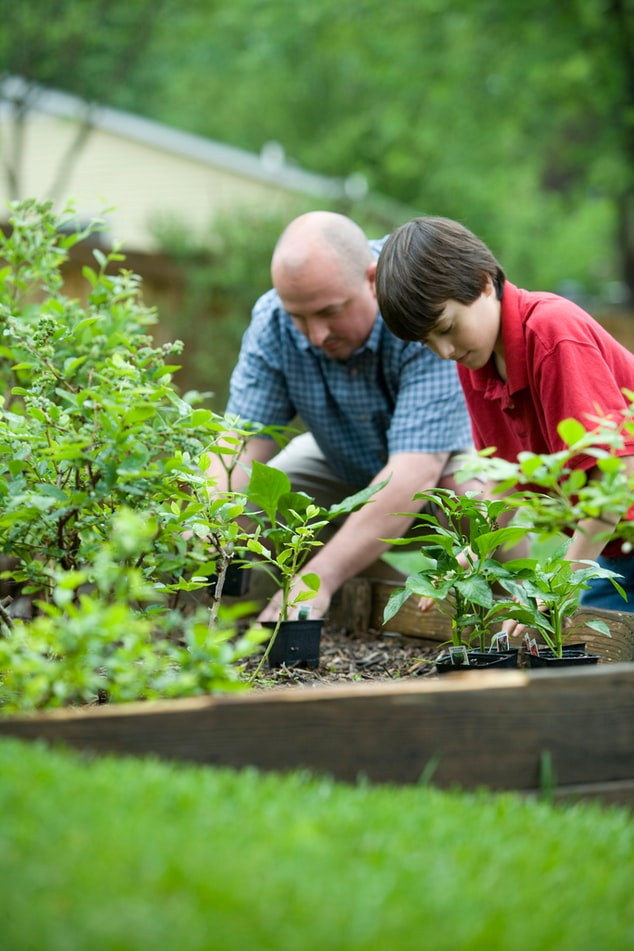Garden Designing Do’s and Don’ts According to the Pros

If you have moved into a new property with an overgrown garden, or you just want to reinvigorate yours with a new design, there are some garden design do’s and don’ts you can follow!

Photos By: Unsplash
Don’t Introduce Invasive Species
Exotic plants can be beautiful and alluring, however, they don’t all make friendly members of your garden. Some vines can be very attractive for your garden, but can ultimately take over local plants, even the common dandelion can end up growing rampant on your nicely manicured lawn. Make sure you research the plants you will introduce, and always keep a watchful eye for invasive species creeping in.
Do Pick The Right Materials For Your Patios And Paths
Picking the right materials for building in your garden can make or break the look of your design. You will want your patio and path design for your garden to compliment your landscape, while also being practical and long lasting. Some materials will look great when you install them, but they could be vulnerable to the elements or aging, or perhaps some will require upkeep, or are not suitable for animals and children. You should always weigh up the pros and cons of each material you are thinking of using, consider the environmental issues such as exposure to sunlight or rain and consider the people and uses for the paths and patios in your garden.
Do Work In Phases And Think Of The Future
If you are landscaping your garden at home, you have the advantage of time. There is no need to rush all your design features and plants in one summer, but instead you can concentrate on getting the fundamentals right in the first year, such as soil and drainage and installing larger plants and sprinkler systems. When introducing plants to your garden, take into consideration how they will look at maturity, how they will grow, spread and interact with each other. Don’t plant trees close together to avoid a lot of work further in the future.

Don’t Forget To Repaint
If you have anything made from wood or metal in your garden, make sure you repaint it every year. Make sure you purchase the right protective paint, and look for colors that match the other elements of your garden. Repainting decking, a fence, a trellis or a shed can bring back color to your garden and help make your garden items last for many more years.
Do Have A Plan
The most essential part of any garden design is the planning stage. Don’t rush into building or gardening, take your time, do your research and live in your garden for a while. Take note of the plants that are already there or are common in the area, consider any wildlife like birds or hedgehogs that may use your garden, and think about all the functions your garden should provide. Proper planning can prevent problems in the future.
There are many ways you can improve your garden, and many ways you can cause problems. Follow these simple do’s and don’t and you are sure to have a beautiful and functional garden your whole family can enjoy.






